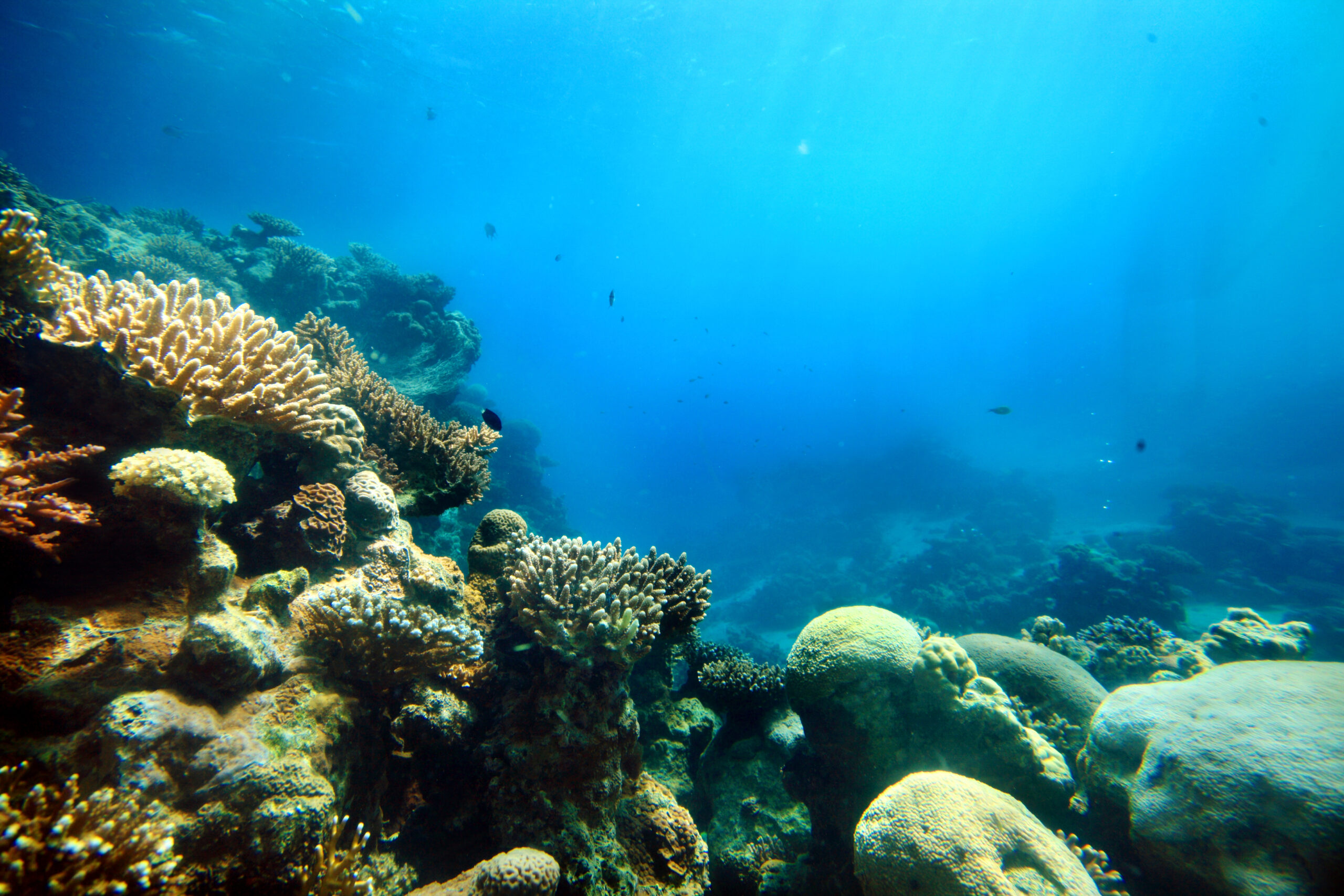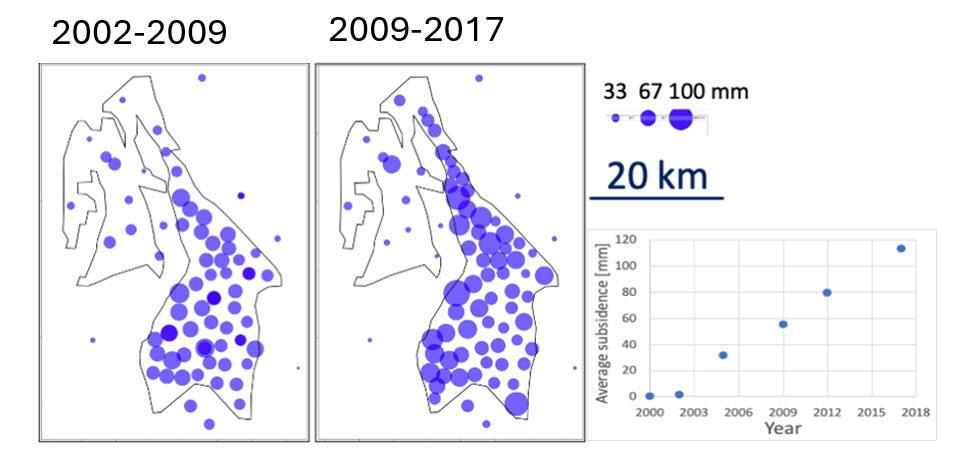
08.03.2024
More accurate measurements reservoir monitoring are in the pipeline
The SHAPE project will improve data processing and uncertainties characterisation. This will shed light on important aspects of CO2 injection and storage.
SHAPE project
Surface uplift is measured with millimeter precision by surveying or satellite monitoring (InSAR, GPS). When the surface rises, there is room for more CO2. In the Algerian Sahara, surface uplift around CO2 injection wells has been linked to stress changes in the rocks above the reservoir. At sea, measurements of water pressure on the seabed can provide similarly high precision. SHAPE is the acronym for this technology. The SHAPE project focuses on dynamic storage capacity, distribution of CO2 in the reservoir, unwanted fracturing, and injection outside the desired zone. More results will be available in autumn 2024. Stay tuned!
Better equipped
Factors such as station stability, network design, sensor behavior, tides and other oceanographic variations affect accuracy. By analyzing a large data set from the Troll field. Some corrections have been improved and some sources of error have been isolated. The pressure drops and compaction of the rock as a result of gas production is the opposite of what is expected with CO2 injection. But the measurement method is the same. Probably also the elastic properties of the reservoir rock. Different uncertainties described make it easier to predict detection limits when planning monitoring projects.
Troll&Aurora
The project has analyzed data from about 100 stations over the Troll field in the period 2000 to 2017. The seabed in this area has been sinking at an average rate of almost one centimeter per year. During this period. The North Sea has received about four million cubic meters more seawater because of gas production at Troll.
The errors within each series of measurements have a standard deviation of 2-3 millimeters. Some of the measurement foundations have moved in relation to the ground. The fact that the reference level for depth is floating (sea level) adds to the uncertainty.
Based on the subsidence data and the pressure drop measured in the wells. The project can estimate the pressure drop in the water-filled formations below and to the side of the gas reservoir. In addition, the properties measured in the Cook and Johansen formations in well 31/5-7 southwest of Troll (Northern Lights’ Aurora CO2 storage site) are used to estimate that the seabed above Aurora can rise by 10 centimeters or more even at moderate injection pressures.

Implications for future CCS projects
Such monitoring may be valuable for future CO2 injection. A resolution in the conversion of uplift to reservoir pressure of perhaps 1-2 bar can be valuable in verifying flow models. For example, it can help to locate pressure barriers in relation to an injection well and thus be used to control the injection rate.
Mature enough to monitor CO2 injection
– The project would never have got off the ground without the support from the CLIMIT programme. The measurement technology would have existed, but without these improvements it would not have been targeted at CO2 injection and storage,” says Ola Eiken at Quad Geometrics.
He goes on to say that the technology for measuring seabed uplift is now mature enough to monitor CO2 injection. “A remaining bottleneck is practical experience and analysis tools (software) to link observations and modelling of pressure changes in the reservoir.”
